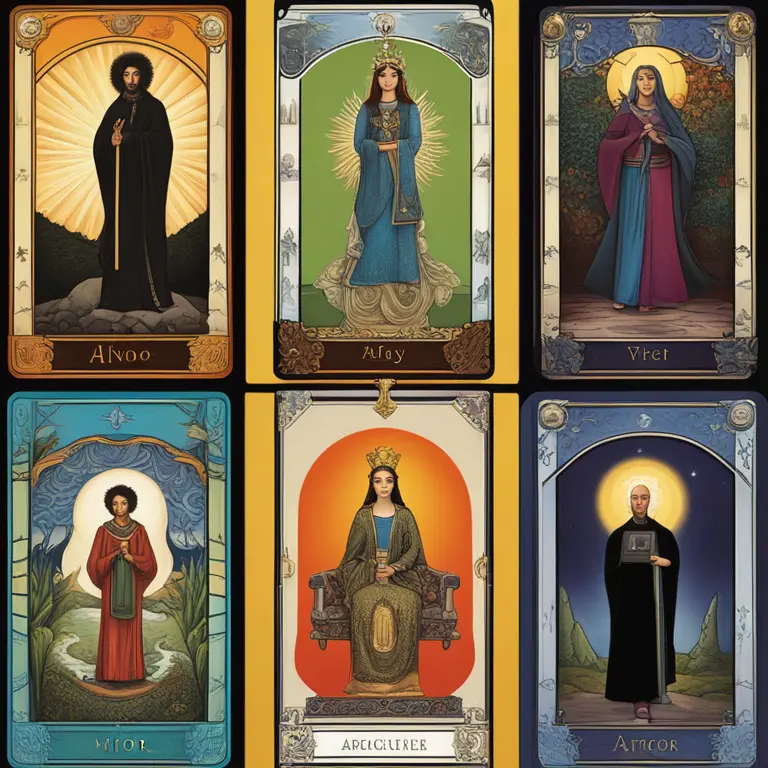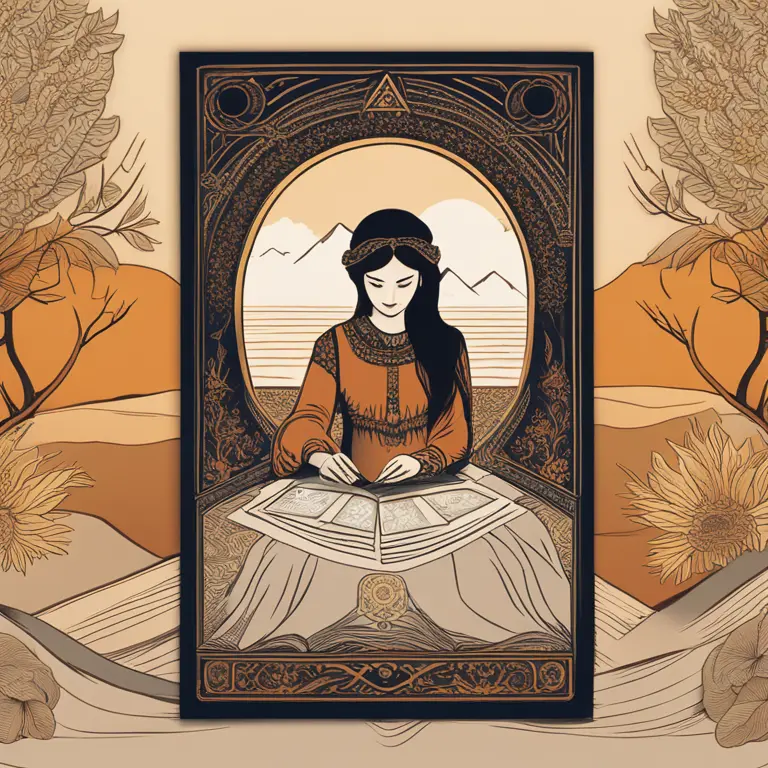
Introduction to Tarot
Tarot readings have fascinated individuals across different cultures and generations as a means to gain understanding and perspective on life's events. While the origins of tarot are shrouded in history, it's believed that they began as playing cards in the 15th century and evolved into a system of divination. Each tarot deck typically consists of 78 cards, divided into the Major Arcana and Minor Arcana, and every card holds specific imagery and symbolism that is open to interpretation.

The Tarot Reading Process
The magic commences with a question or a general area of concern. Readers then shuffle the deck, allowing their energies or the energies of the querent – the person receiving the reading – to infuse the cards. A specific spread, which is an arrangement of cards, is chosen, and each position within the spread provides context to the card's significance – whether it pertains to the past, present, future, obstacles, or potential outcomes.

Interpreting the Symbols
Interpretation is at the heart of tarot. A reader deciphers the cards drawn using their rich symbolic language. The images on the cards are often loaded with metaphorical significance, and consideration is given to elements such as figures, items, numbers, and colors. Every minute detail can contribute to the overall message. The reader's intuition and experience play a crucial role in piecing together the narrative that the cards present.

Major vs. Minor Arcana
In tarot, the Major Arcana consists of 22 cards that represent life's karmic and spiritual lessons. They tell a story of a journey from innocence to enlightenment. Meanwhile, the Minor Arcana reflects the trials and tribulations that we face daily, symbolized through 56 cards that are further categorized into four suits similar to traditional playing cards. Each suit has a particular focus on a different aspect of life, such as emotions, intellect, material world, and energy or willpower.
The Role of the Reader
A skilled tarot reader acts as a guide rather than a predictor of the future. They facilitate a reflection on the possible trajectory of events based on the querent's current path. It's crucial for the reader to maintain an open and unbiased approach, allowing the querent to draw their conclusions and insights from the reading, promoting autonomy and personal growth.
The Power of Intuition
Tarot readings hinge on the intuitive powers of the reader, which are honed over time. Intuition is the subconscious synthesis of past experiences, present emotions, and sensory cues that inform a seemingly 'gut feeling'. When readers lay out the cards, they tap into this intuitive well to unravel their symbolic storylines, creating a reflective session laced with profound insights.
Modern Tarot in Digital Times
With the advent of technology, tarot readings have transcended the typical face-to-face encounters. Digital platforms now offer virtual readings, and AI algorithms are being developed to interpret tarot spreads, making this ancient practice more accessible. However, despite technological advancements, the personal touch of a human reader—infused with empathy, conversation, and connection—remains an invaluable component of the tarot experience.
Published: 2/8/2024
Modified: 2/8/2024
More predictions
Come back here soon to learn more about yourself and your future


Zodiac Heart Compass: Find Your Emotional Direction
Delve into the secrets of the zodiac to discover how astrological signs guide the emotions and relationships of their bearers.


The Cancer Zodiac Profile: Insights & Characteristics
Discover the deep emotional world of Cancer, the fourth sign in the zodiac, revealing their traits, compatibility, and future prospects for 2024 and beyond.


The Origins of Zodiac Signs: An Astrological Journey
Delve into the ancient roots of the zodiac as we trace the origins and significance of these celestial symbols in astrology.